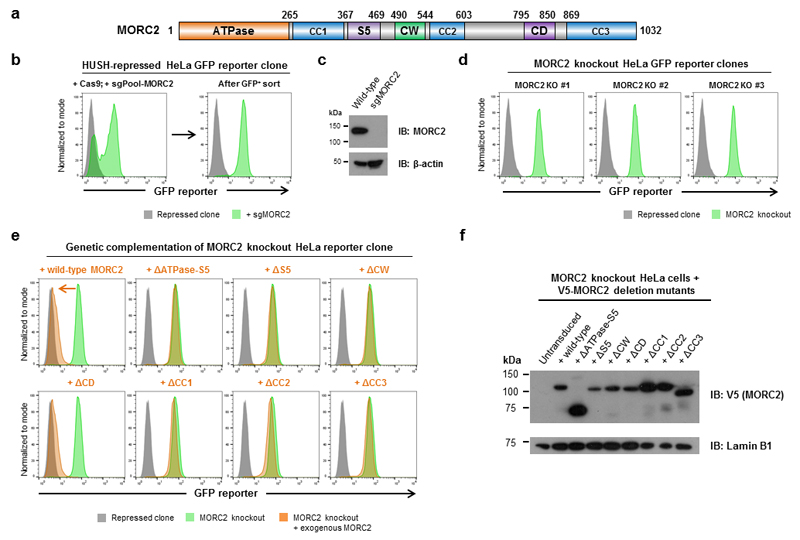Figure 2. The ATPase, CW and coiled-coil domains of MORC2 are required for HUSH complex function.
(a) Schematic representation of the domain structure of MORC2. (CC, predicted coiled-coil; S5, ribosomal S5-like domain; CW, CW-type zinc finger; CD, chromo-like domain) (b-d) Generation and validation of MORC2 knockout HeLa cells. A HeLa reporter clone harboring a HUSH-repressed GFP reporter was transfected with a pool of plasmids to express Cas9 and three sgRNAs targeting MORC2. Cells in which the MORC2 gene was disrupted became GFP+ owing to derepression the GFP reporter and were isolated using FACS (b). The sorted GFP+ population no longer expressed MORC2 protein as assessed by immunoblot (c). MORC2 knockout single cell clones were then isolated from the GFP+ sorted population (d). (e,f) Assessing the domains required for MORC2 function through the genetic complementation of MORC2 knockout cells. Expression of wild-type MORC2 or a MORC2 mutant lacking the chromodomain (ΔCD) in MORC2 knockout cells resulted in re-repression of the GFP reporter transgene. In contrast, MORC2 variants lacking the ATPase, S5, CW or coiled-coil domains were non-functional and did not rescue HUSH-mediated repression (e). Immunoblot validation of expression of the MORC2 deletion mutants (f). All MORC2 variants were expressed with an N-terminal V5 epitope tag followed by an exogenous SV40 nuclear localization signal; detailed sequence information on the composition of the mutants is provided in Supplementary Table 1.

